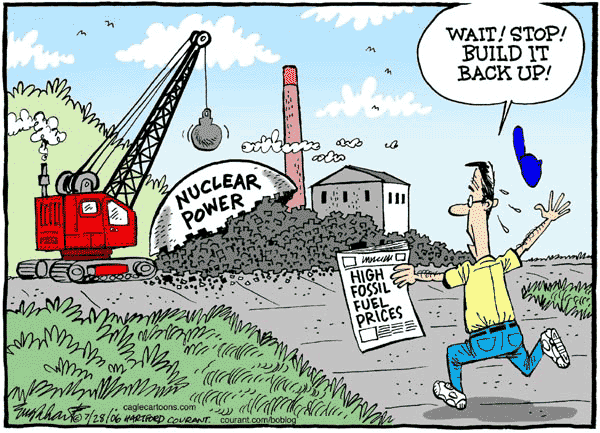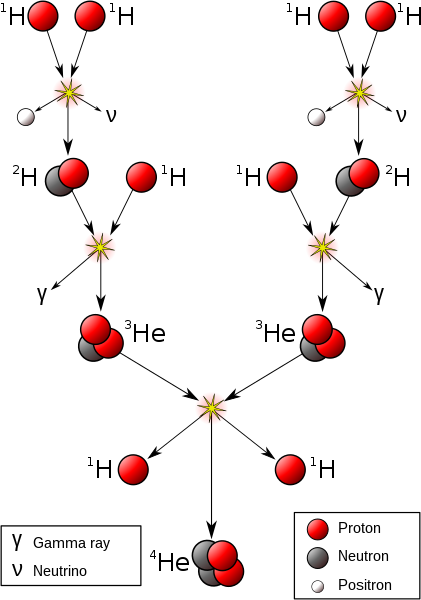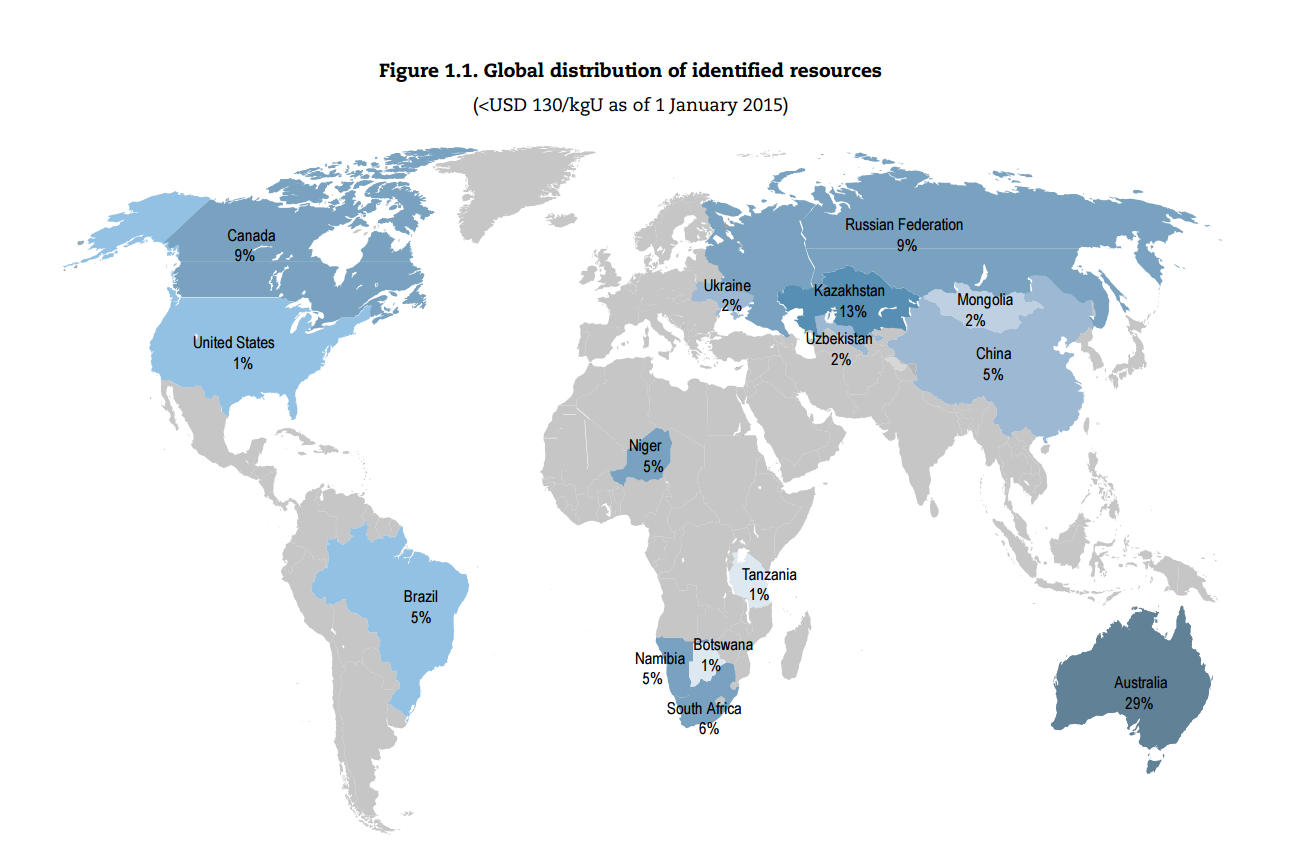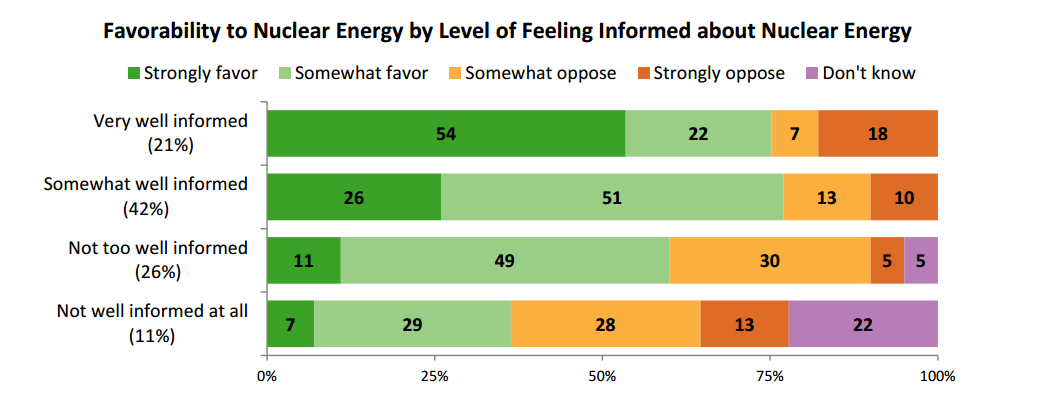Over the course of the last few months I’ve covered a range
of topics regarding Nuclear Energy Production in the hope of reaching an
opinion on whether nuclear energy is part of/is the answer to our energy and
climate crisis, while also hopefully allowing you, the readers, of which I’m
sure there are many, to have an informed opinion of your own.
Last post I asked readers to complete a poll asking which
energy source(s) they saw hypothetically replacing fossil fuels in the future.
I was surprised to see that Nuclear energy, be it fission or fusion, was a
highly selected option; this is surprising due to the fact that throughout this
blog, a lot of the research I did showed that nuclear is portrayed as something to be scared of or not be
trusted. This poll potentially suggests that when the public know the facts
about nuclear, they see past its negative image, and see its potential as a low
carbon energy source. I’m glad that the majority of voters selected a
combination of them all, as relying on one main source of energy is setting
yourself up for failure, and a combination of renewables and nuclear in my
opinion is the answer to our energy and climate problems.
 |
| Poll Results |
My opinion on Nuclear and the Blog
When I started the blog, I was aware that Nuclear Energy was
a big subject to cover and that there were lots of topics to go into. However I
may have underestimated how big it is and how much depth certain topics have to
them. In an attempt to simplify how nuclear energy works and make it a subject
that everyone could understand, I added even more topics on too an already big
list and unfortunately I didn’t cover a number of issues I wanted to. Perhaps
if I was to repeat this blog, I’d reduce the detail I went into for each
individual issue I talked about, while increasing the range of areas I
discussed. It is the balance of the range of issues discussed, while still
giving enough details on each too allow the reader too form their own opinion
which is the key, and is something I hope I have allowed you all to reach.
In terms of my opinion on whether Nuclear is the answer, or
part of the answer to our climate and energy issues, I’d say I strongly agree
it is. The advantages of nuclear energy at present far outweigh any perceived
negatives they provide. At this point in time, it is one of, if not the only
low-carbon energy source that can greatly increase its energy production
without further research needing to be done. Perhaps with targets from
agreements such as COP21 needing to be met, and energy demands ever increasing,
we’ll see more countries opting for nuclear in the future?
Countering the positives are always the issues of nuclear
disasters and nuclear waste. Both the Fukushima and Chernobyl disasters were
caused and/or exacerbated by human error. There is no getting past the fact
that when nuclear energy goes wrong, it goes badly wrong, but as I lightly touched
upon in my last post, nuclear energy actually has a great safety record
compared to other energy sources, and each of these disasters has led to
further increases in safety. In terms of nuclear waste, it is being reduced by
reprocessing in to further fuel and long-term underground storage for final
waste is being constructed or has been in both France and Switzerland.
I hope that you have all enjoyed reading my blog and that it
has given you something to think about for the future. If you have any further
interest in nuclear energy, I implore you to look into it yourself, or drop a
comment down below if you wish to discuss any further points with me.







